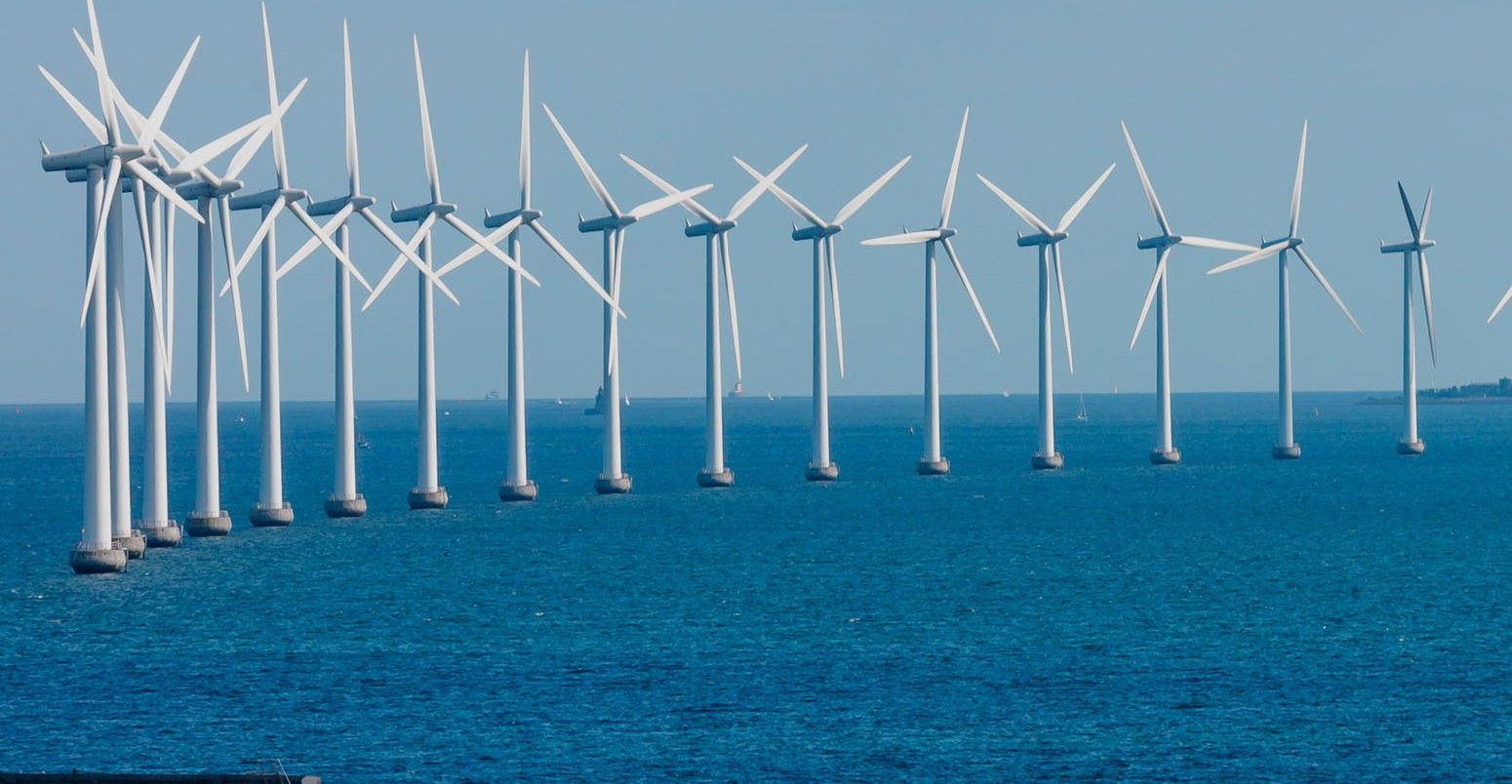The browser you are using is not supported. Please consider using a modern browser.

Is 100% Renewable Energy Sustainable in the US?

Global use of renewable energy continues to increase every year, with the Energy Information Administration (EIA) estimating that 23% of global energy use in 2015 came from renewable sources. There are now more than 40 cites around the globe that have committed to 100% renewability, meaning that their economies are based entirely on clean electricity, and not fossil fuels. Albania, Iceland, and Paraguay are nations that obtain essentially all of their electricity from renewable sources (Albania and Paraguay 100% from hydroelectricity, Iceland 72% hydro and 28% geothermal). Norway obtains nearly all of its electricity from renewable sources (97 percent from hydropower). Additionally, over 100 cities are powered by over 70% clean and renewable electricity sources, including Seattle and others from the US. There is a growing trend in nations around the world committing to the goal towards 100% renewability.
What is the cost?
The move towards renewable energy sources will see a significant decrease in energy demand, which has flatlined 10 years ago after over a century of steadily increasing. This will lead to an economic shift and change in employment opportunities. For example, less oil and coal mining jobs and more solar panel installation jobs. However, power and wind energy prices have been steadily dropping for years, and that trend is expected to continue.
But, is this sustainable- or even possible?
In order for the world to run entirely on renewables, clean energy needs to be used not only for powering of electricity in our homes and businesses, but also to heat our homes, run our cars and flying our planes. This means switching from traditional HVAC units to ground source and air source heat pumps, switching from gas-fueled cars to electric cars, and aircrafts fuels by hydrogen cells. So, although nations have reached 100% renewable electricity use, none have yet to reach 100% for all energy sources.
There is a lot of skepticism that this is a feasible future, but recent findings and publications predict that a non-fuel based global economy is more realistic than previously believed. With prices of renewable energies dropping, wind and solar power generation (among other clean energy sources), are becoming more affordable every year.